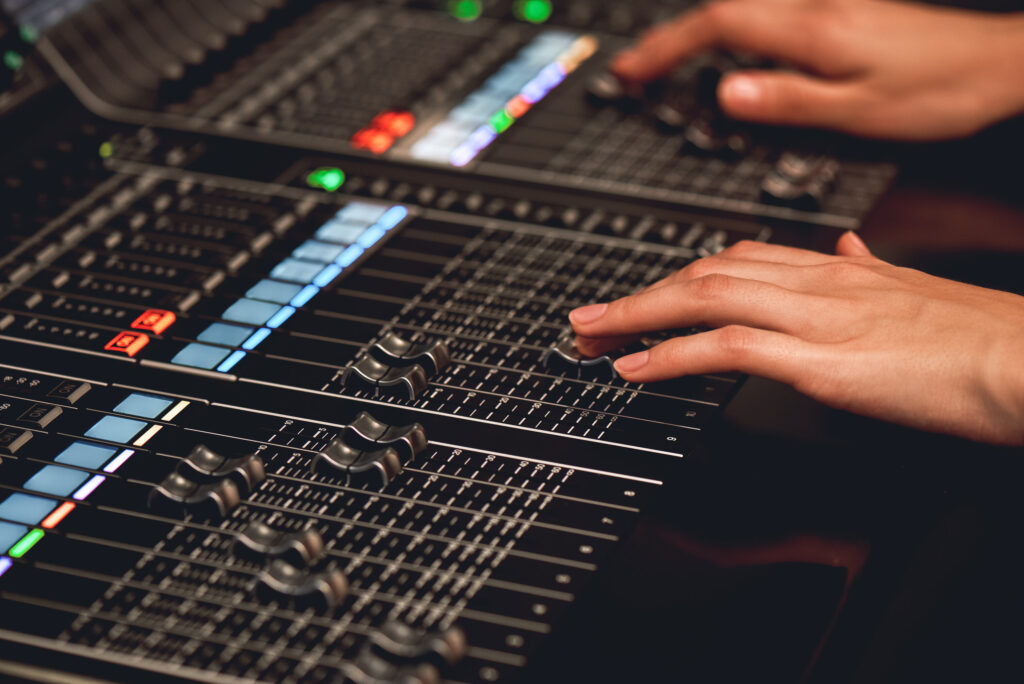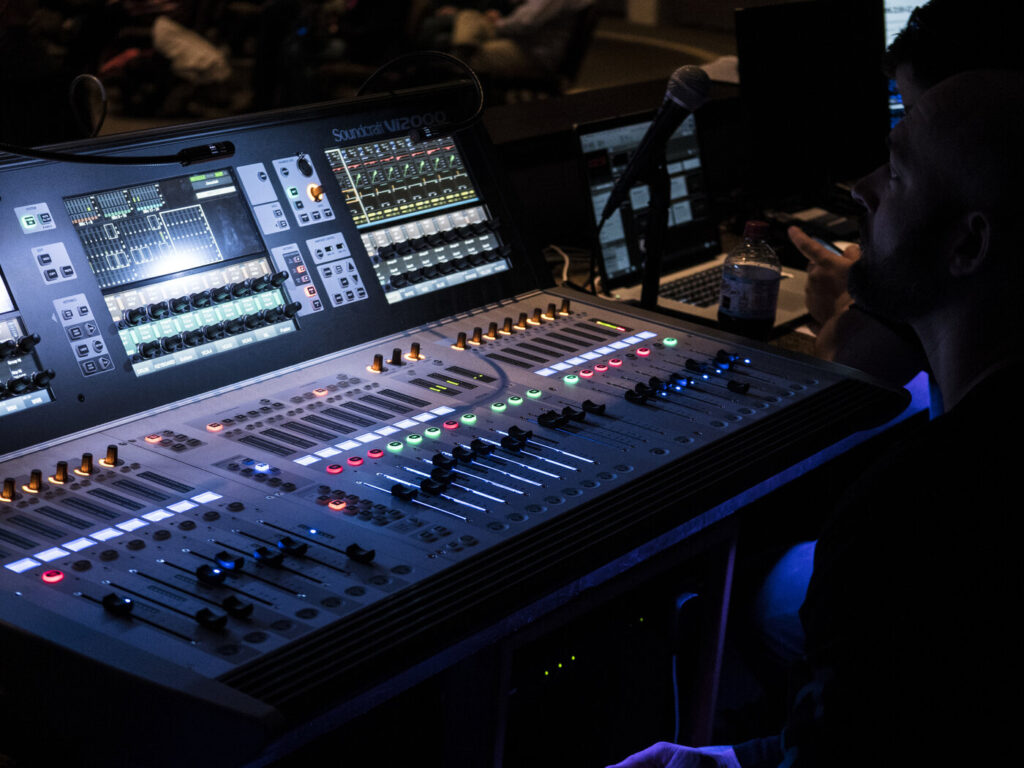Worship music is vital in creating a worshipful atmosphere during church services. As a worship musician, it is essential to ensure that the sound quality is pristine to enhance the worship experience.
Continue reading to learn more about tried and true tips in selecting musical equipment for worship and preparing for worship services.
Selecting and Setting up the Right Instruments and Equipment
The first step to achieve pristine live worship sound is selecting the right instruments and equipment. Here are some factors to consider when selecting instruments and equipment:
1. Quality: Choose high-quality instruments and equipment to ensure sound is clear and crisp.
2. Compatibility: Ensure that the instruments and equipment are compatible with each other to avoid any technical issues.
3. Accessibility: Make sure that the instruments and equipment are easily accessible for the musicians to use during the service.
4. Backup: Always have backup instruments and equipment ready in case of any technical issues.
Preparing for the Worship Service
Preparing for the worship service is another crucial step in achieving pristine live worship sound. Here are some tips for the musicians to prepare for the worship service:
1. Practice: Practice the worship songs regularly to ensure the musicians are familiar with the music and can play it smoothly during the service.
2. Rehearsals: Conduct rehearsals with all the musicians to ensure that the sound is balanced and that everyone is playing in sync.
3. Soundcheck: Conduct a soundcheck before the service to ensure that the instruments and equipment are working correctly and that the sound is balanced.
4. Communication: Ensure clear communication between the musicians during the service to avoid any technical issues or mistakes.
Mixing Techniques for Pristine Live Worship Sound
Mixing is a critical step in achieving pristine live worship music sound. Here are some mixing techniques to enhance the sound quality:
1. EQ: Use EQ to balance the sound and remove any unwanted frequencies. Boost the frequencies that enhance the sound, and cut the frequencies that add noise.
2. Compression: Use compression to even out the sound levels and make the sound more consistent.
3. Reverb: Use reverb to add depth and space to the sound. However, use it sparingly to avoid a muddy or cluttered sound.
4. Delay: Use delay to add depth and dimension to the sound. However, also use this sparingly to avoid a cluttered sound.
5. Panning: Use panning to create a sense of space and separation between the instruments. Pan the instruments to the left, right, or center to create a balanced sound.
6. Volume: Adjust the volume levels of each instrument to ensure that the sound is balanced and consistent.
7. Monitoring: Monitor the sound constantly during the service to ensure the sound is balanced and at the right volume levels.
Final Thoughts
Achieving pristine live worship sound requires a combination of musicians and mixing steps. Selecting the right instruments and equipment, preparing for the worship service, and using mixing techniques can enhance the sound quality and aid in creating a worshipful atmosphere during the service.
As a worship musician, it is essential to be familiar with these steps and techniques to ensure that the sound quality is pristine and that the worship experience is enhanced for the congregation. By following these steps and techniques, you can achieve pristine live worship sound and create an unforgettable worship experience.
Are you looking for the best audio-visual equipment for churches? Check out Messenger AVL! Here, we offer total technical systems used in worship — sound, video, lighting, and broadcasting. Schedule a call today to learn more about our services!



